Future Capital: The 2014 Wallpaper* Architects Directory exhibition in London

Wallpaper's annual Architects Directory has made the leap from page to exhibition space once again. Featuring 20 practices from 17 countries and four continents, the 'Future Capital' show is running for the rest of the month at Two Pancras Square in King's Cross.
The exhibition is being held in association with Ceramics of Italy and includes large-scale reproductions of the specially commissioned artworks featured in the magazine. Created by the London-based artist Richard Kolker, the works are showcased within an immersive, bespoke installation created by Robert Storey with lighting designs supplied by Davide Groppi. Pieces include the award-winning swaying, blade-like Sampei, Omar Carraglia's wall-mounted Mira display light, and Q, the concrete cube uplighter designed by Alberto Zattin.
Richard Kolker works extensively using photography and 3D rendering software to explore the physical world, whether it's recreating the floor plans of long-lost asylums as monolithic, anonymous entities, or recreating iconic artworks through either physical reconstruction or tools like Google maps. We spoke to Kolker about the commission and his approach to creating original artwork for 20 of the brightest and best young architecture studios around the world.
What was the brief and how did you respond to it?
Well, it was really open - an image to represent the work of each practice. I was concerned that I didn't just want to create a series of visualisations in a similar style to either the architects' drawings or photographs. Instead I wanted to create a unified set of images showing the diversity of the work while simultaneously offering a stylistically related series.
How have you reinterpreted these twenty houses?
I was given several hundred images, plans, visualisations and drawings of varying degrees of complexity from which I created 3D computer models of buildings, a single one to represent each practice. I created a virtual 'still life' set into which each building was placed, lit with a single, parallel light source to represent the sun and 'photographed' with a virtual camera and rendered out as a simple photographic, computer generated image. I took care to texture the models appropriately from the visual details I was given, but as my brief was visual, as opposed to an architectural one, I didn't worry if these were not 100% in line with the architects' design.
What's your technical approach (software packages, etc)?
I use Maxon's Cinema 4D for model making. I used to use Autodesk's 3ds Max, but switched to Cinema 4D several years ago. I feel it's designed as a more 'complete', fully integrated package. It's very intuitive, which makes complicated tasks far more manageable. I use Next Limit's Maxwell Render as my render engine. It's an unbiased render so it is technically very 'photographic', both in terms of use and results.
How does your work respond to the emergence of photorealist imagery in architecture?
I didn't want to create a photoreal representation of the building but, in most cases, a photographic representation of a model of the building. I didn't want to illustrate the environmental context of the work, but just the architectural elements themselves. Simulated photography is a large part of my practice, but the level of photoreality depends on the particular brief. Photoreal visualisations are a natural consequence of developments in software, rendering engines and hardware capabilities, not just in architecture, but in photographic advertising imagery too. Agencies are aware of these developments and commission increasingly realistic photographic style work.
'Future Capital' runs from 13 to 30 June at Two Pancras Square, King's Cross, London N1C 4AG. Opening hours are 10am - 7pm on Monday to Friday and 12pm - 5pm on Saturday and Sunday. The exhibition is part of the London Festival of Architecture.
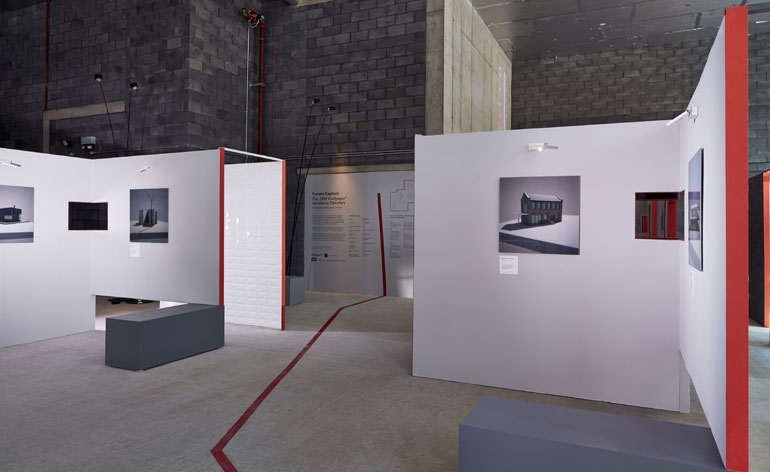
Created by the London-based artist Richard Kolker, the works are showcased within an immersive, bespoke installation by Robert Storey, with lighting designs supplied by Davide Groppi.

Exhibition partner Ceramics of Italy provided a striking selection of tiles to complement Kolker's artwork. Pictured in the foreground is Etruria Design's ‘Hex’ in Rhomb Grigio, comprising unglazed porcelain floor tiles with anti-slip properties.
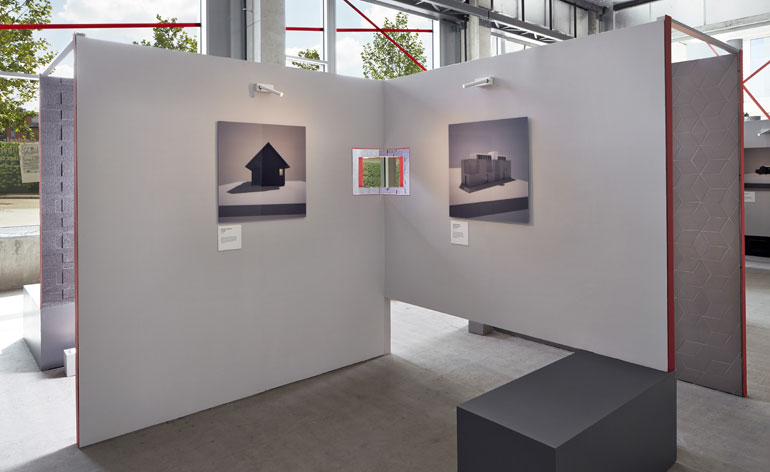
Kolker works extensively using photography and 3D rendering software to explore the physical world.

Black Gables, Canada, by Omar Gandhi.
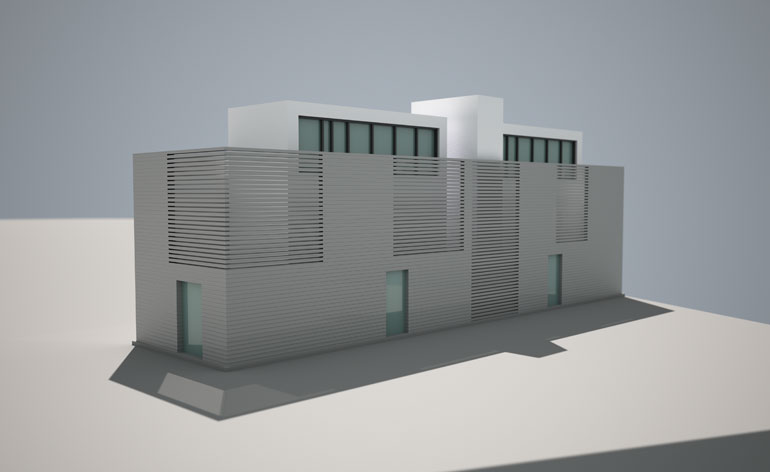
House Varem-1 Magden, Switzerland, by Haberstroh Architekten
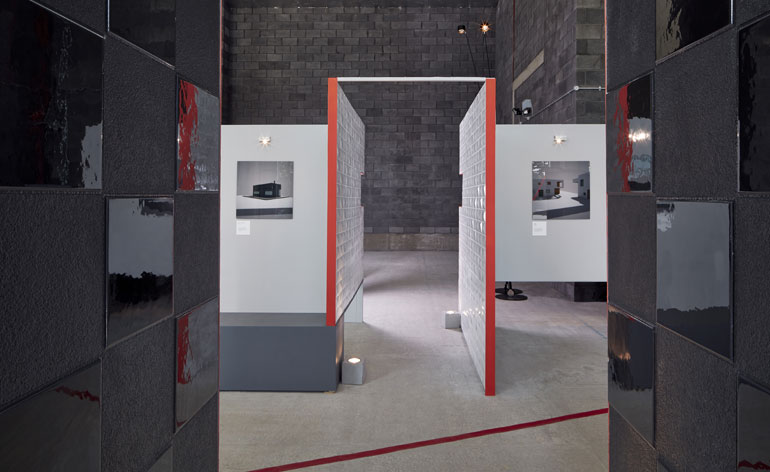
Among the tiles on show are ‘Flexible Architecture’, designed by Philippe Starck for Ceramica Sant’Agostino.
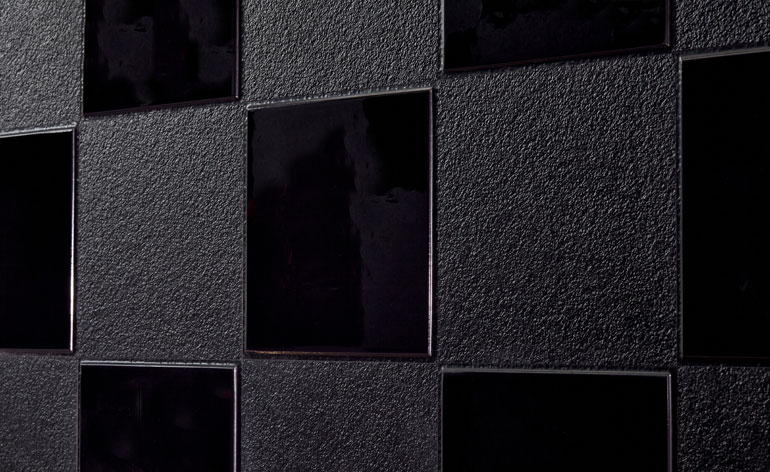
A close-up look at ‘Flexible Architecture’. Tiles in two thicknesses and finishes combine to create an architectural effect
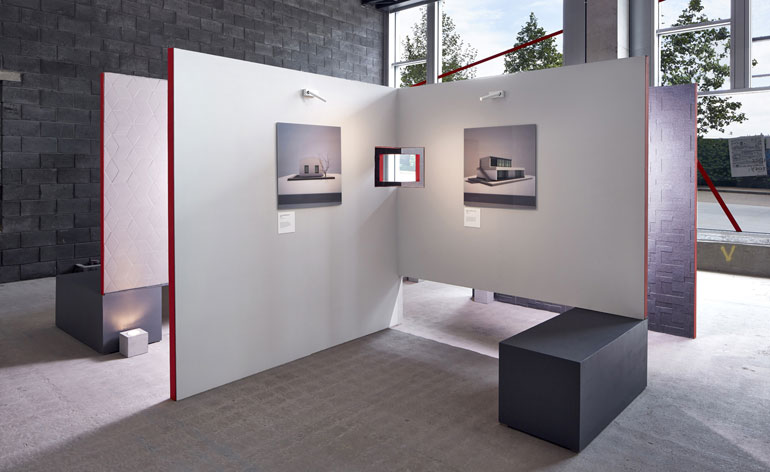
Lighting designs provided by Davide Groppi include Omar Carraglia's 'Mira' display light (wall-mounted above the artworks), and 'Q', the concrete cube uplighter designed by Alberto Zattin (bottom left).
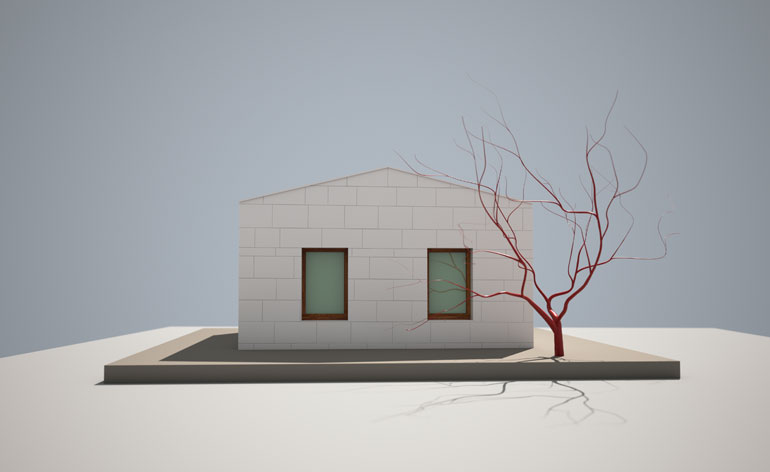
House in a Pine Wood, Italy, by Sundaymorning. Artwork: Richard Kolker
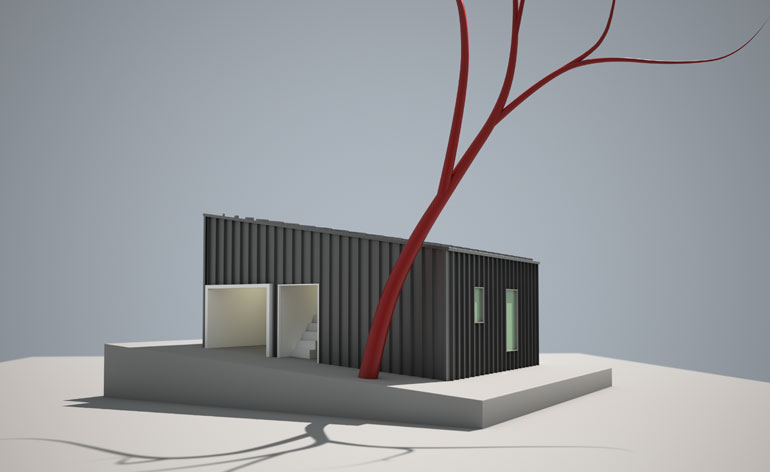
Big & Small House, US, by Anonymous. Artwork: Richard Kolker
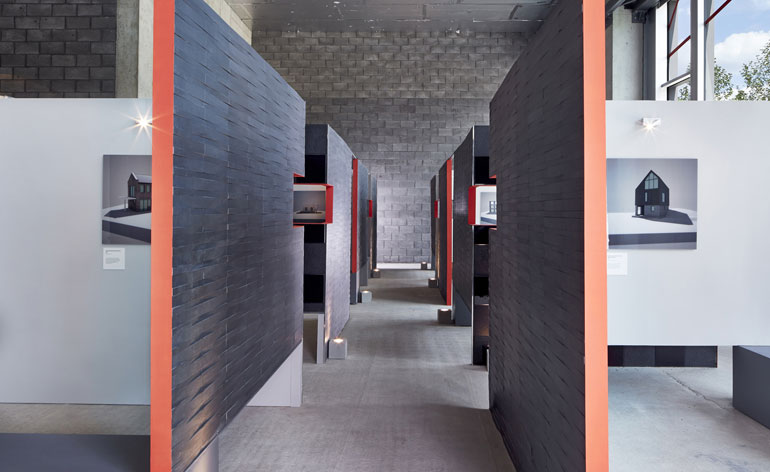
3D Module ‘Monolith’, by Marazzi, available in neutral shades and in bush-hammered, natural and polished finishes.
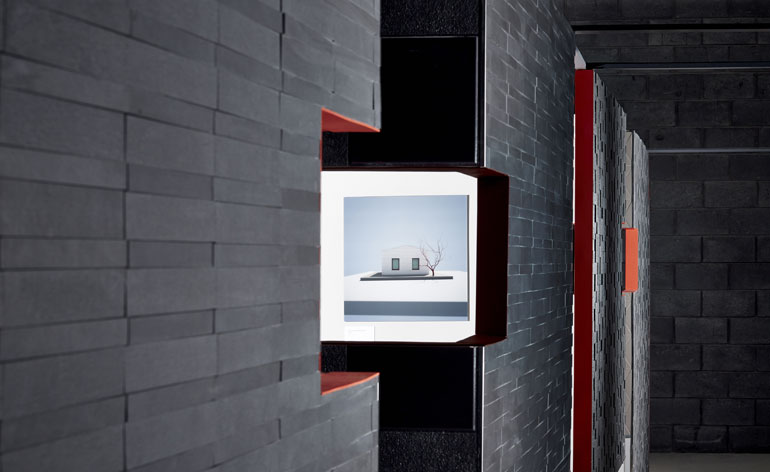
Cutouts in the exhibition walls visually connect the artworks.

Featuring 20 practices from 17 countries and four continents, the 'Future Capital' show is running for the rest of the month at Two Pancras Square in King's Cross.
Receive our daily digest of inspiration, escapism and design stories from around the world direct to your inbox.
Jonathan Bell has written for Wallpaper* magazine since 1999, covering everything from architecture and transport design to books, tech and graphic design. He is now the magazine’s Transport and Technology Editor. Jonathan has written and edited 15 books, including Concept Car Design, 21st Century House, and The New Modern House. He is also the host of Wallpaper’s first podcast.
-
 The eight hotly awaited art-venue openings we are most looking forward to in 2026
The eight hotly awaited art-venue openings we are most looking forward to in 2026With major new institutions gearing up to open their doors, it is set to be a big year in the art world. Here is what to look out for
-
 This modern Clapham house is nestled indulgently in its garden
This modern Clapham house is nestled indulgently in its gardenA Clapham house keeps a low profile in south London, at once merging with its environment and making a bold, modern statement; we revisit a story from the Wallpaper* archives
-
 The new Tudor Ranger watches master perfectly executed simplicity
The new Tudor Ranger watches master perfectly executed simplicityThe Tudor Ranger watches look back to the 1960s for a clean and legible design
-
 Wallpaper* Architects’ Directory 2024: meet the practices
Wallpaper* Architects’ Directory 2024: meet the practicesIn the Wallpaper* Architects Directory 2024, our latest guide to exciting, emerging practices from around the world, 20 young studios show off their projects and passion
-
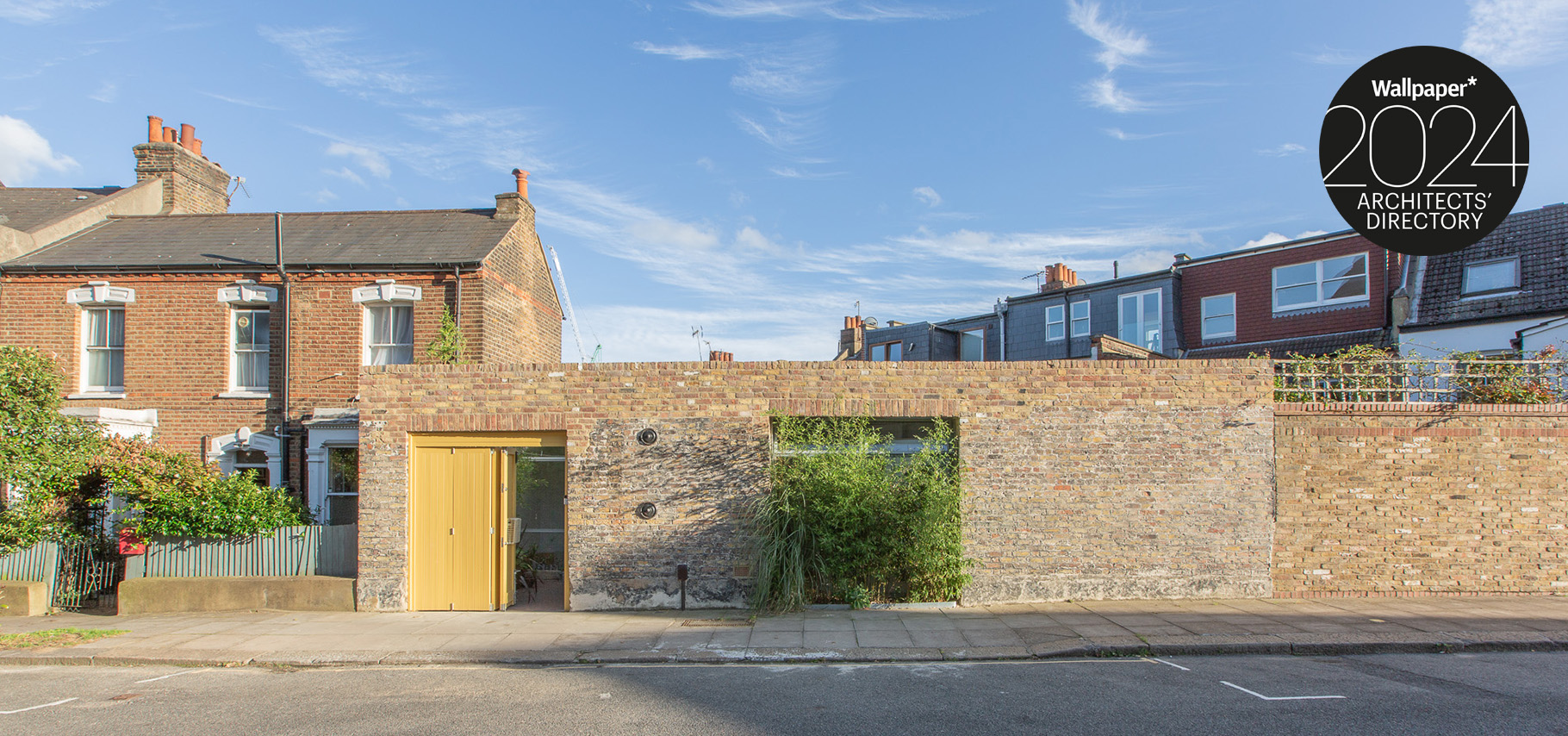 Brown Urbanism's little triangle house is an ingenious urban infill
Brown Urbanism's little triangle house is an ingenious urban infillEmerging UK studio Brown Urbanism is part of the Wallpaper* Architects’ Directory 2024
-
 Kasawoo's Greek red cabin retreat is perfect for minimalist escapes
Kasawoo's Greek red cabin retreat is perfect for minimalist escapesThe Wallpaper* Architects Directory 2024 welcomes Kasawoo, a young UK practice that draws on a new minimalist approach
-
 Pashenko Works, UK: Wallpaper* Architects’ Directory 2023
Pashenko Works, UK: Wallpaper* Architects’ Directory 2023The UK's Pashenko Works is the latest addition to the Wallpaper* Architects’ Directory 2023, our annual round-up of exciting emerging architecture studios
-
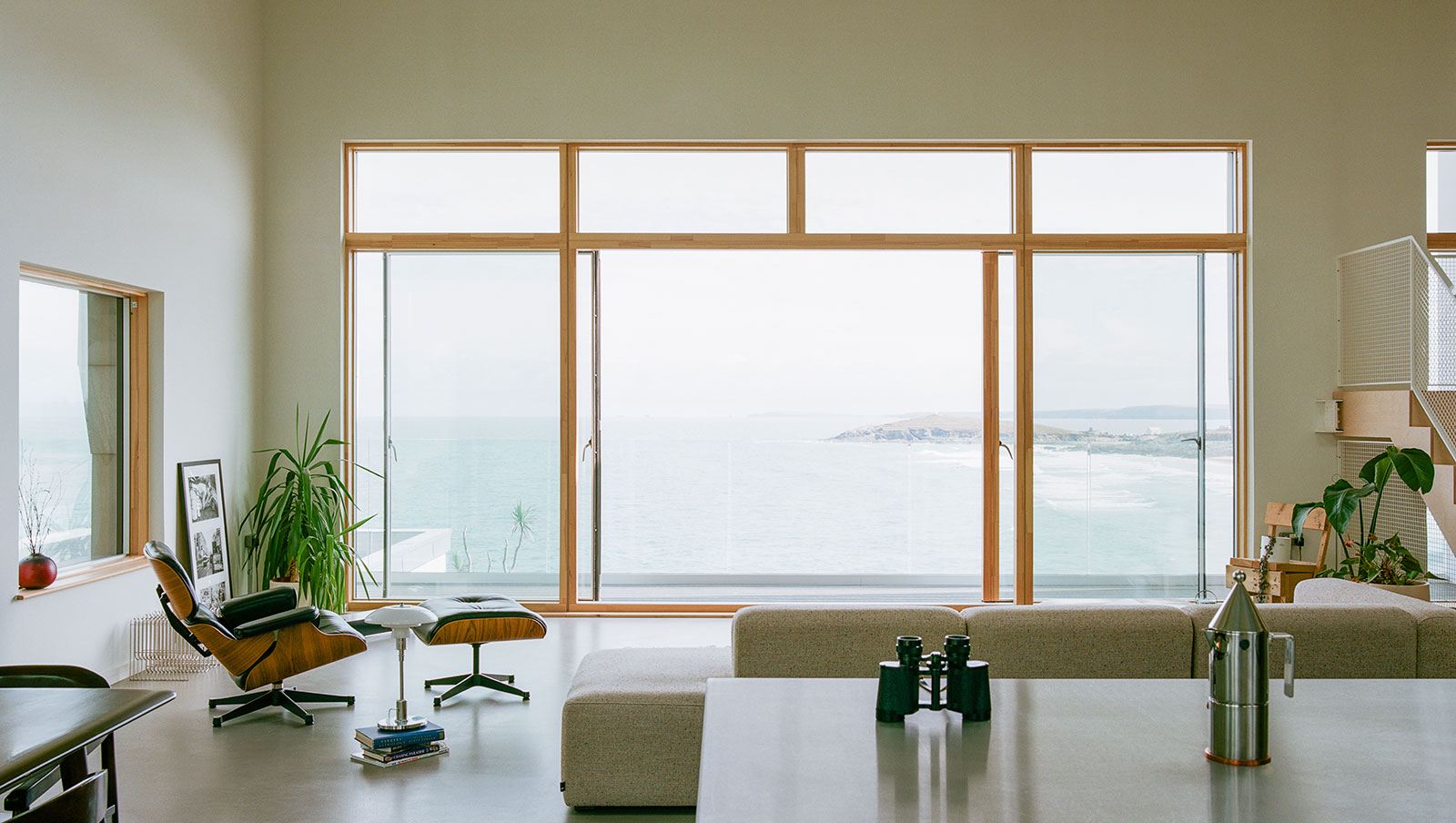 Of Architecture, UK: Wallpaper* Architects’ Directory 2023
Of Architecture, UK: Wallpaper* Architects’ Directory 2023UK-based practice Of Architecture joins the Wallpaper* Architects’ Directory 2023, our annual round-up of exciting emerging studios
-
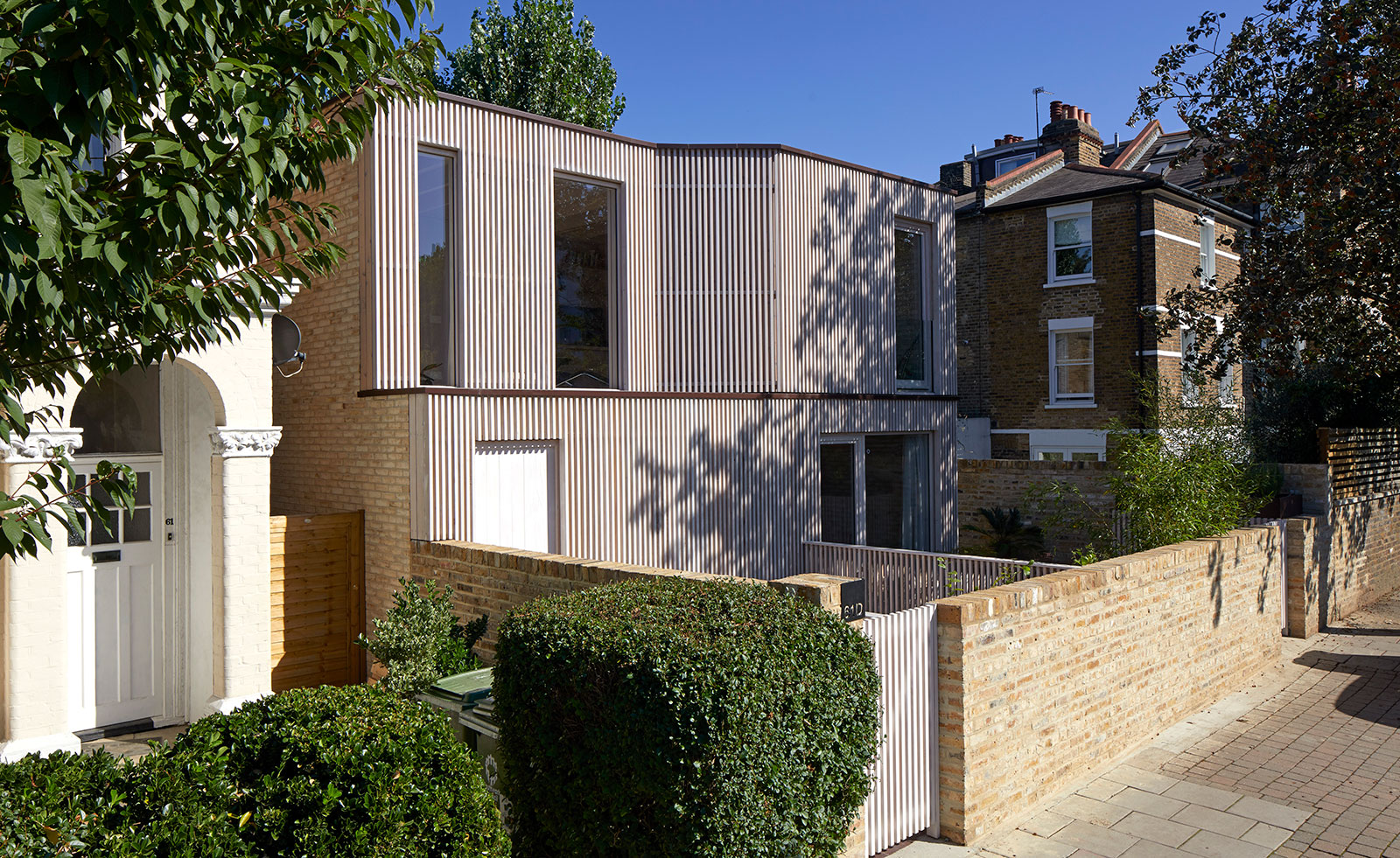 TIKARI WORKS
TIKARI WORKSWALLPAPER* ARCHITECTS’ DIRECTORY 2019: Nicola and Ty Tikari combine pragmatism and craft in a practice that fuses design, construction and property development. The studio acquires land, then designs and builds, rigorously taking control of each stage of production, as demonstrated with the construction of their own home, the semi-subterranean Pocket House (pictured) in East Dulwich, London.
-
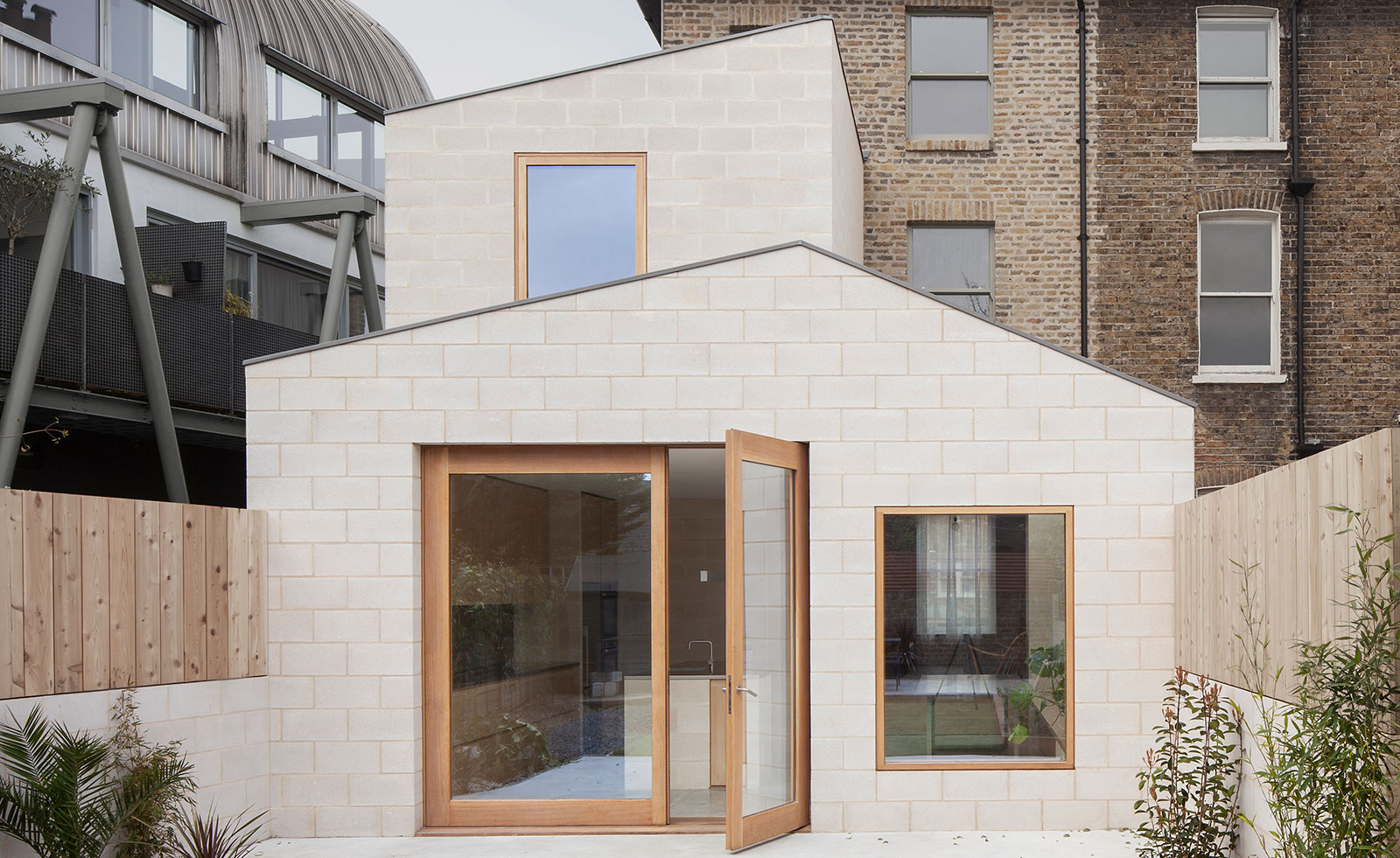 AL-JAWAD PIKE
AL-JAWAD PIKEWALLPAPER* ARCHITECTS’ DIRECTORY 2019: Dean Pike and Jessam Al-Jawad both studied architecture at the Bartlett and worked together at David Chipperfield Architects. In 2014, they established their London practice, which approaches architecture as an everyday art form. Projects include a two-storey extension and a terraced house (pictured) in Peckham in south London.
-
 Bureau de Change
Bureau de Change